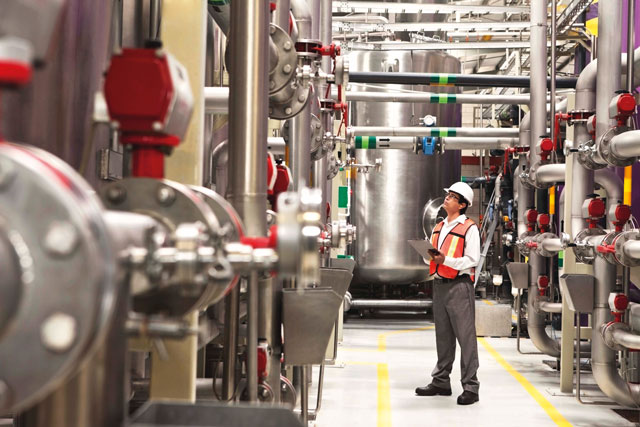
Chris van den Belt, Team Leader Product Management at Enterprise Asset Management software provider Ultimo, says that the company’s Trend Report 2021 shows managers see improving knowledge sharing and retention as the single most important step they need to take to improve their organisation’s response to unprecedented events. But most don’t know how much downtime costs their organisations.
With the cost of downtime estimated to average £180,000 per hour, keeping production and operations running on schedule is a top priority for asset managers across sectors. This fact was verified with some recent research by Ultimo. Our Trend Report 2021 reveals that uptime continues to be the most important KPI for asset and maintenance managers, closely followed by efficiency and cost control.
In light of these goals, staying on top of asset performance and condition is vital. However, it can present managers with several challenges, especially if the facilities are spread across different sites and geographies. The report showed that despite uptime being of utmost importance, nearly 60 percent of respondents had experienced unplanned downtime in the past year.
Having access to reliable data is essential to optimising uptime and keeping costs under control. That’s why it is critical to have visibility over key factors such as time spent maintaining each asset, the leading causes of equipment failure, and any recurring maintenance tasks. Without a reliable way to measure performance, identifying inefficient assets becomes difficult and taking timely corrective action impossible, putting the facility at risk. The lack of data can also increase reliance on ineffective maintenance strategies, such as corrective maintenance, even to the point that the same flawed decisions are made repeatedly, adding to the costs and leaving the real issue unaddressed. Here, EAM solutions can provide a valuable tool for safeguarding uptime and gaining better control over operations.
Cloud-based EAM software provides various advantages compared to traditional paper or spreadsheet-based maintenance records, enabling a more strategic approach to maintenance planning and execution.

With each maintenance task logged into the EAM platform, managers gain valuable insight into the asset’s entire lifecycle from deployment to decommissioning. Staying on top of asset health is easy when critical data, such as hours spent on working on each machine, the leading causes of equipment failure, and recurring maintenance tasks are readily available.
Pre-set procedures and checklists ensure a consistent approach to tasks across teams and facilities, helping enforce best practice and minimise the risk of errors. The remote capabilities enable users to access the EAM platform from wherever their job takes them, allowing engineers to log tasks on the go and managers to sign off jobs in real-time.
Monitoring asset condition can also give managers better control over the costs relating to each facility and asset. Worryingly, the Trend Report 2021 revealed that less than 20 percent of respondents knew how much downtime costs their organisation. Without data, benchmarking performance, cutting costs, and securing new investment becomes difficult.
Furthermore, cloud-based EAM solutions can also provide a valuable tool in helping businesses adapt to unprecedented events. By streamlining operation and providing a holistic view of asset performance across different facilities, they also help improve knowledge sharing between teams. Over the past year, the COVID-19 pandemic highlighted the need for better cooperation within many organisations, translating to hasty efforts to upskill staff and introduce remote working capabilities.
With uptime at stake, asset managers have recognised the need to enhance their capabilities to adapt to future threats. The Trend Report 2021 reports that managers see improving knowledge sharing and retention as the single most important step they need to take to improve their organisation’s response to unprecedented events. EAM systems can play a crucial part in this, as digitisation of data and documentation makes information easier to use, share and store.
Monitoring the condition of assets and performance should be an integral part of any efforts to minimise downtime. Taking advantage of EAM solutions helps streamline operation, providing better control over the entire facility and the data needed to optimise asset lifecycles, cut costs, and future-proof operation.
www.ultimo.com | info@ultimo.com | t: +44 (0) 161 615 3685

